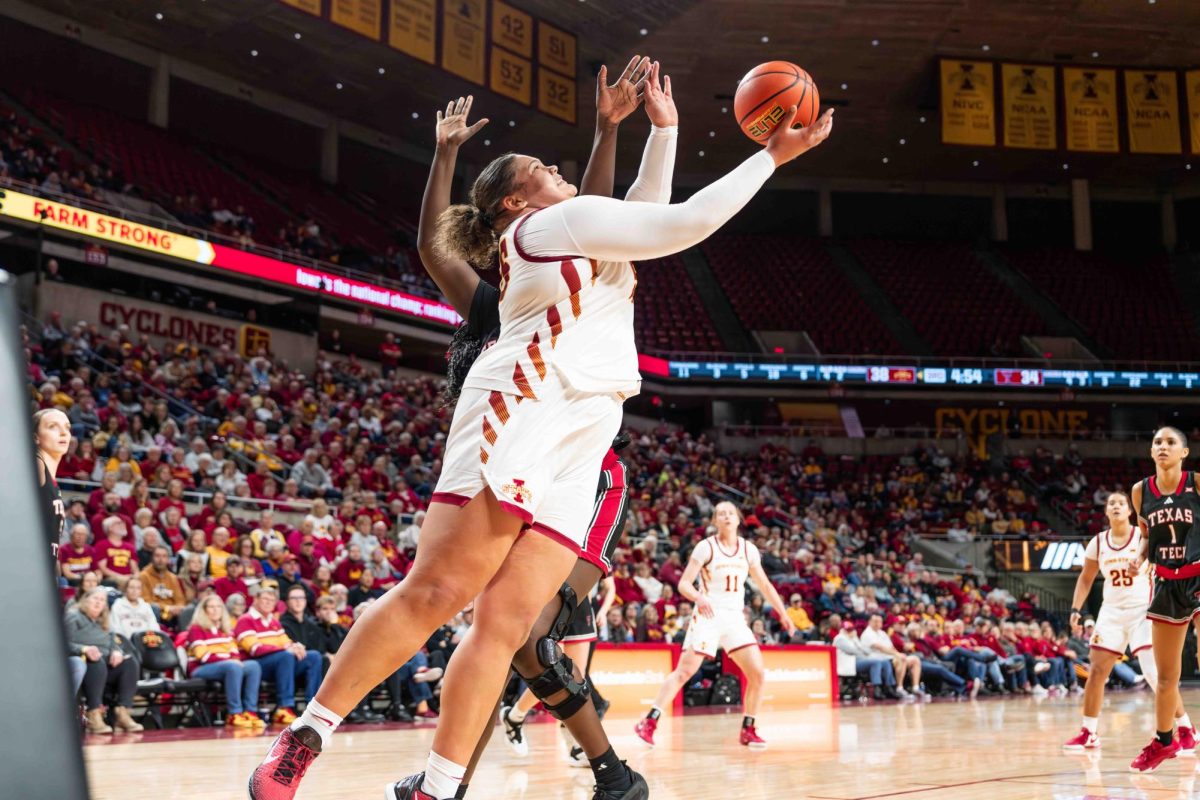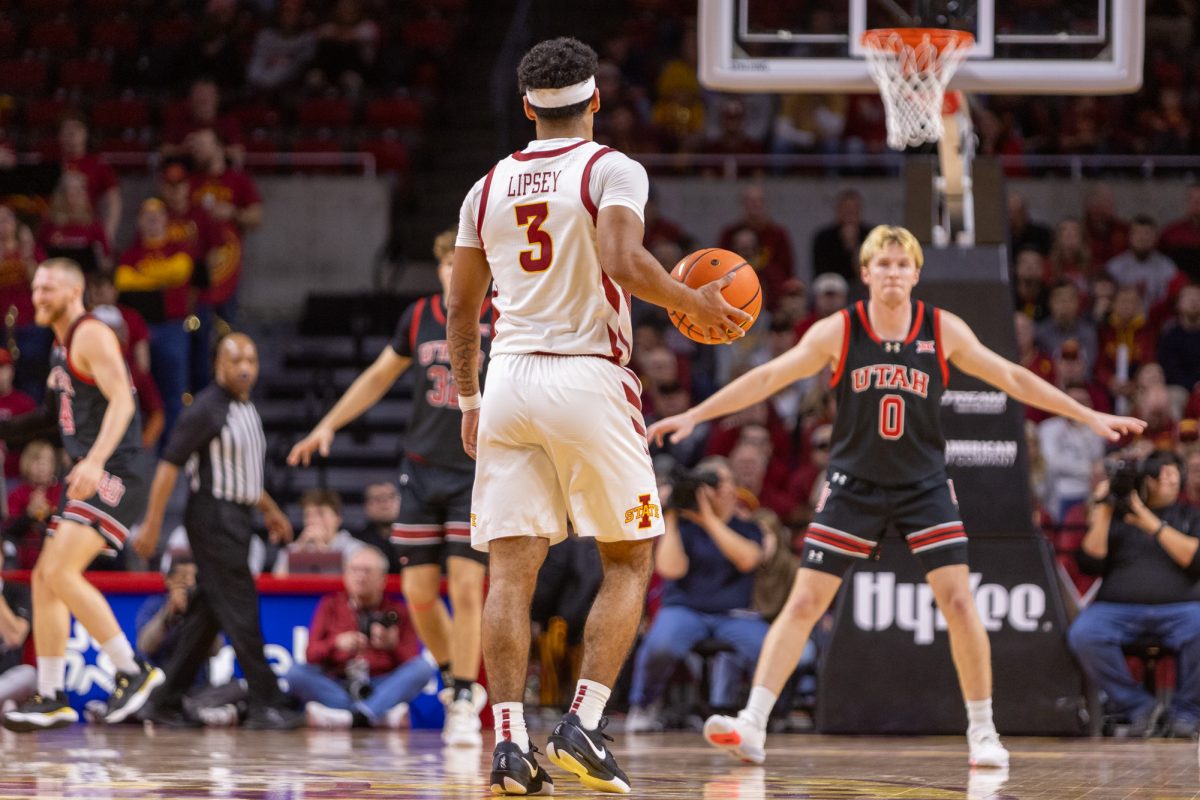Professional situations call for neat, proper wardrobe
February 16, 2007
If you are a junior, or even an ambitious sophomore or freshman, you may be considering applying for summer internships for. If you are a senior graduating this spring, you are probably interviewing with companies that will have you toiling in the real world as early as May.
But after so many years immersed in the low-key college lifestyle, it may be difficult to imagine yourself as a professional.
Even if you don’t feel like a CEO in the making, professionals in your field are going to expect you to look like one. It is likely that you are going to need to revamp your wardrobe before entering the workplace. Your Levi’s and tailgating T-shirts just aren’t going to cut it in a polished and proper work environment.
You can start preparing for what lies ahead right now by shopping for clothing items that are going to be presentable for interviews and appropriate for the work place.
Elena Karpova, assistant professor of textiles and clothing, suggests that students should pay attention to the quality of a potential purchase.
“If you want to buy something that lasts longer, look at the quality of the fabric and structure,” Karpova said.
Clothing high in quality will be made of a sturdier fabric. Although 100 percent cotton T-shirts and blue jeans may be comfortable, the textile tends to unravel, wear and stain. Wool, tweed, linen and even silk offer more durability as professional garment options. However, fabrics of such a high caliber are often too expensive for a college budget.
Linda Niehm, assistant professor in textiles and clothing, urges students to spend their money wisely. Rather than purchasing many inexpensive items, she puts an emphasis on purchasing fewer items at a higher price.
“A few really quality pieces are time and money well spent,” says Niehm.
She recommends that students entering the work force focus on key pieces that are essential to any professional wardrobe. Sports jackets, trousers and suits are necessities for men, while blazers, skirts and dress pants are staples for women.
“You want to look fresh and energetic and like you’re capable of doing a job,” Niehm explains. “Low-rise pants and midriff tops have a place, but those types of looks aren’t appropriate to business clients.”
It should be understood that you should not look boring when you enter the office on your first day of work. Choose something sophisticated with an added personal touch. A colorful shirt and tie or a decorative blouse can add style to any generic suit. Accessories like watches, rings, necklaces and earrings can always play up a drab outfit if worn tastefully.
Karpova says to opt for classier styles when purchasing items to wear on the job. Avoid clunky jewelry, overly eccentric styles and obvious trends. A leopard-print headband, black leggings and stilettos may be appropriate for a night out on the town, but not for the office.
Many students become overwhelmed when thrown in to a professional situation. When wearing conservative clothing that you are unaccustomed to, you may feel nervous, uncomfortable and out of your element. Kelsey Chevalier, sophomore in psychology, offers her advice to students who are having the jitters.
“I wore a button-up collared shirt, black dress pants, high heels and my lucky underwear to my last interview,” Chevalier said.
Her style strategy brought her success, as she was offered the position.
Be aware of your surroundings when you go to an interview or show up for your first day of work. Though your friends and family may not judge you based on your clothes, to a working professional meeting you for the first time, you are what you wear.






